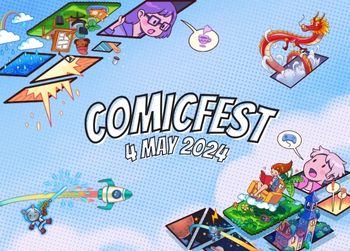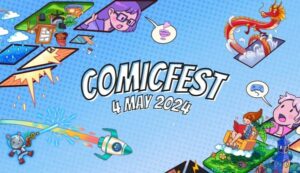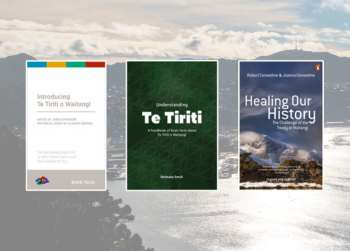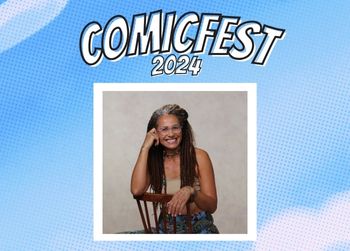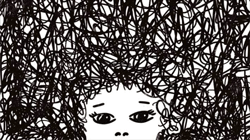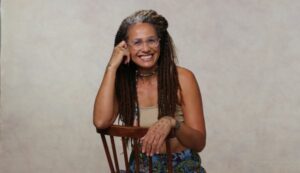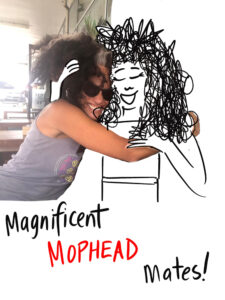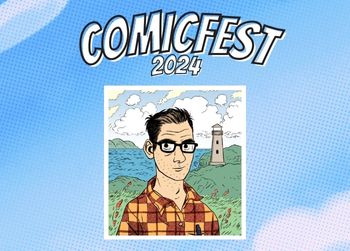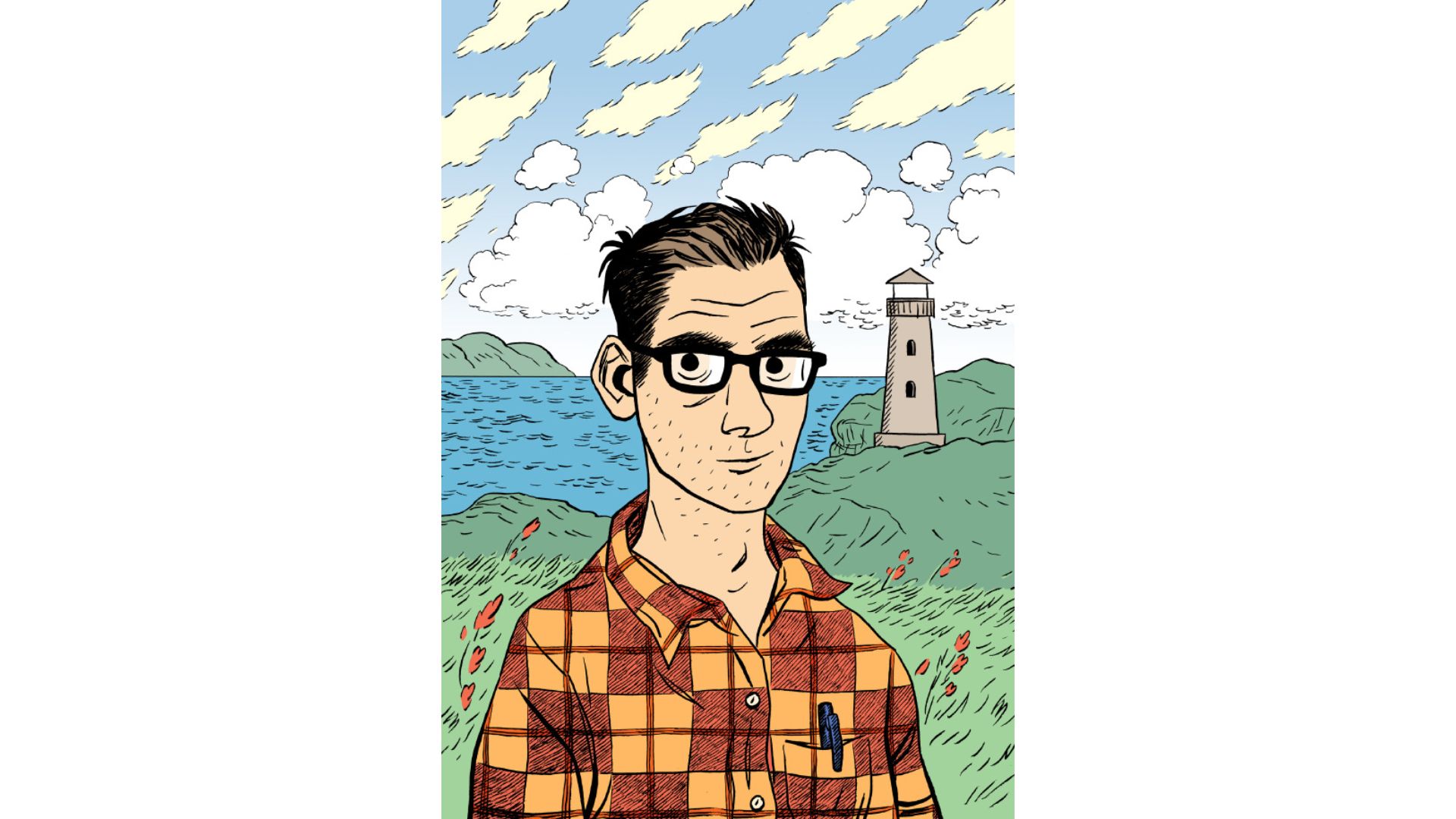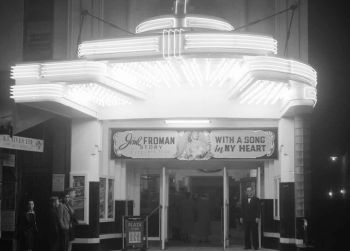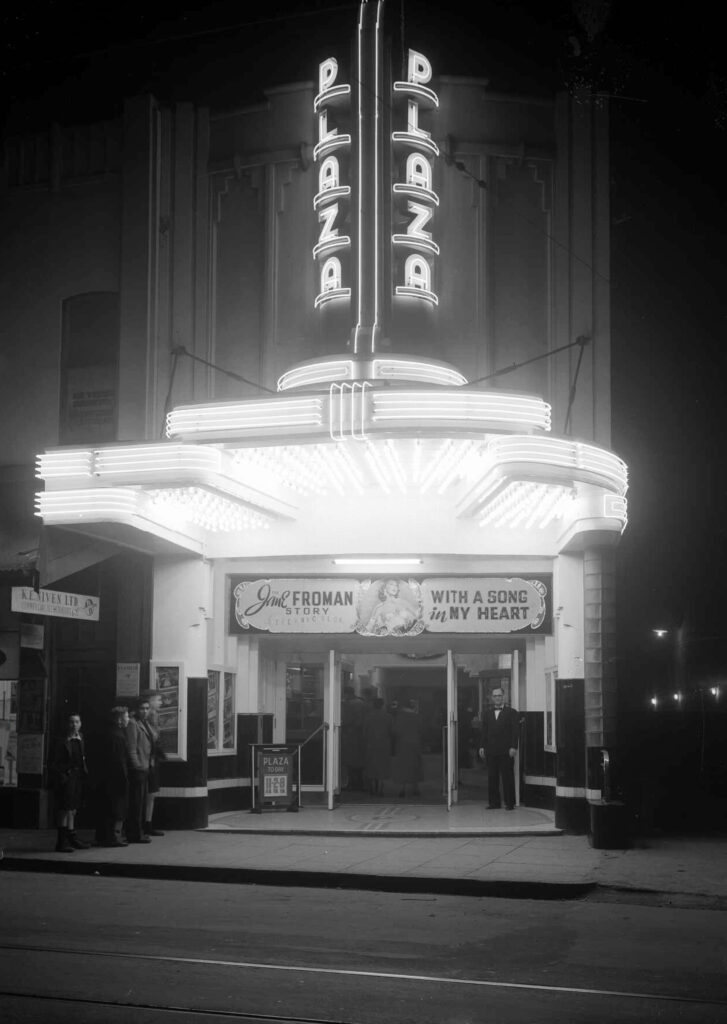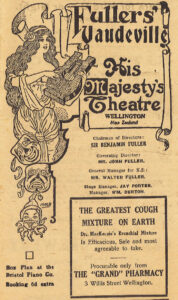There is now less than a week before the fabulous FREE event that is ComicFest 2024.
The excitement is building and we can’t wait for the fun to begin. Already several events are getting close to full capacity.
Seats may be available on the day, but booking in advance is the only way to guarantee a seat.
So, if you are keen to attend any of the events such as the marvelous panel: Sharing Te Ao Māori and Mātauranga Māori through Pukawaituhi with Isobel Joy Te Aho-White, Munro Te Whata and Daniel Vernon, hosted by Zak Waipara, or our amazing Keynote Address: Dr Mophead with Selina Tusitala Marsh – book now.
All events are free! Further event details, and our registration form, can be found here.


